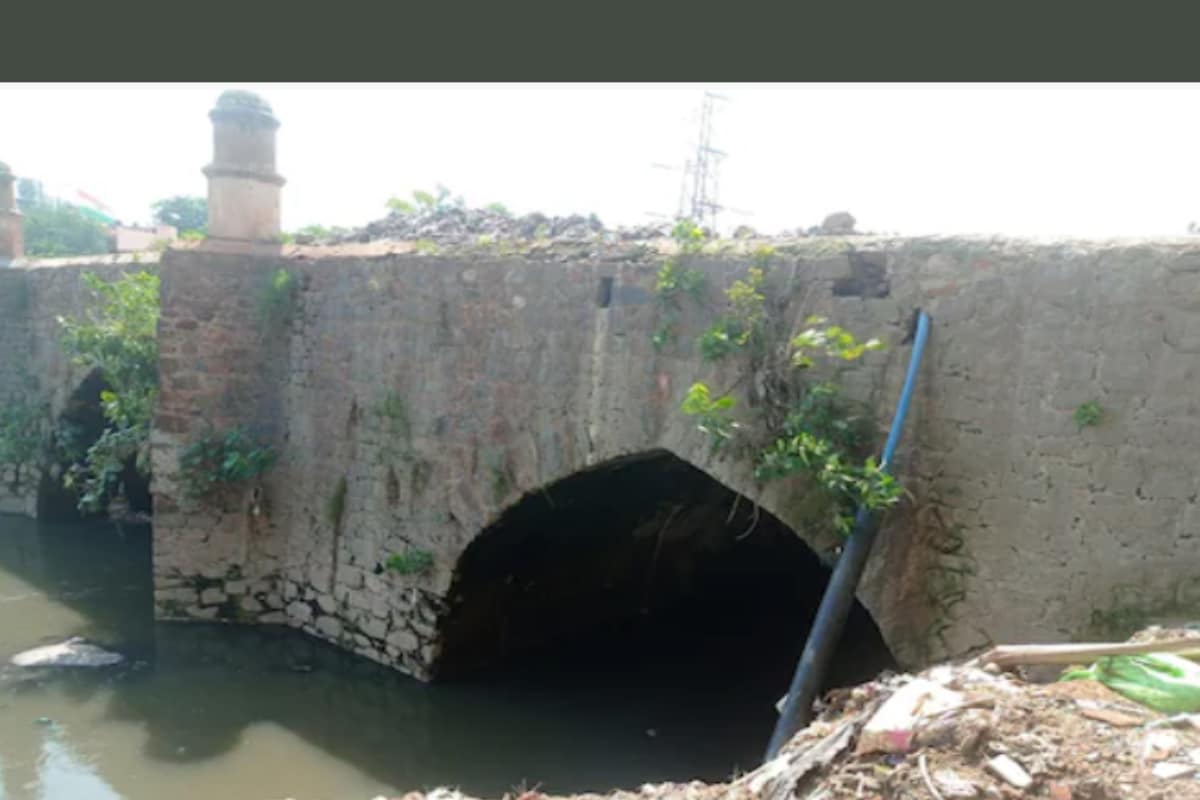The 400-year-old Barapullah Bridge was earlier obscured by encroachment and flooding caused by a blocked drain. The Archaeological Survey of India is now working to restore it to its former glory
Delhi is ready to welcome another historical landmark to its list of must-see sites. A significant Mughal-era landmark, located near Jangpura Nizamuddin station in South Delhi, is undergoing restoration by the Archaeological Survey of India (ASI) and is expected to open to the public next year.
The new addition is the 400-year-old Mughal-era Barapullah Bridge, located near the Nizamuddin Railway Station. Earlier, this bridge was obscured by encroachment, which had prevented public access. The ASI is now working to restore it to its former glory, allowing tourists to experience a significant piece of Delhi’s archaeological heritage.
The Barapullah Bridge is set to be a prominent addition to a cluster of historical attractions within a 2km radius. Visitors will now be able to explore Humayun’s Tomb, the Dargah of Hazrat Nizamuddin, and Abdul Rahim Khan-e-Khana’s Tomb, along with the newly accessible Barapullah Bridge, which was built during Jahangir’s reign.
Earlier, the bridge was hidden due to encroachment and flooding caused by a blocked drain. Lieutenant Governor VK Saxena’s intervention led to immediate action, and the ASI’s restoration work is now underway.
Delhi’s major tourist attractions include a variety of significant sites, such as the Akshardham Temple, Lotus Temple, Birla Mandir, Dilli Haat, Garden of Five Senses, Humayun’s Tomb, India Gate, ISKCON Temple, Jama Masjid, Jantar Mantar, Lodhi Tomb, Abdul Rahim Khan-e-Khana’s Tomb, Parliament House, Purana Qila, Qutub Minar, Rashtrapati Bhavan, Red Fort, Safdarjung Tomb, Dargah of Hazrat Nizamuddin, Gurudwara Bangla Sahib, Guru Tegh Bahadur Memorial, National Police Memorial, National Museum, and National War Memorial.
The Barapullah Bridge itself has a rich history. Historians suggest that it was constructed between 1612 and 1613 during the reign of Mughal Emperor Jahangir, though some ASI records indicate it might have been built between 1621 and 1622.
The bridge was originally designed to connect Humayun’s Tomb and the Nizamuddin Dargah and to facilitate travel to Agra. With its restoration, this historic structure will soon be accessible once again, offering a new dimension to Delhi’s rich tapestry of historical sites.

